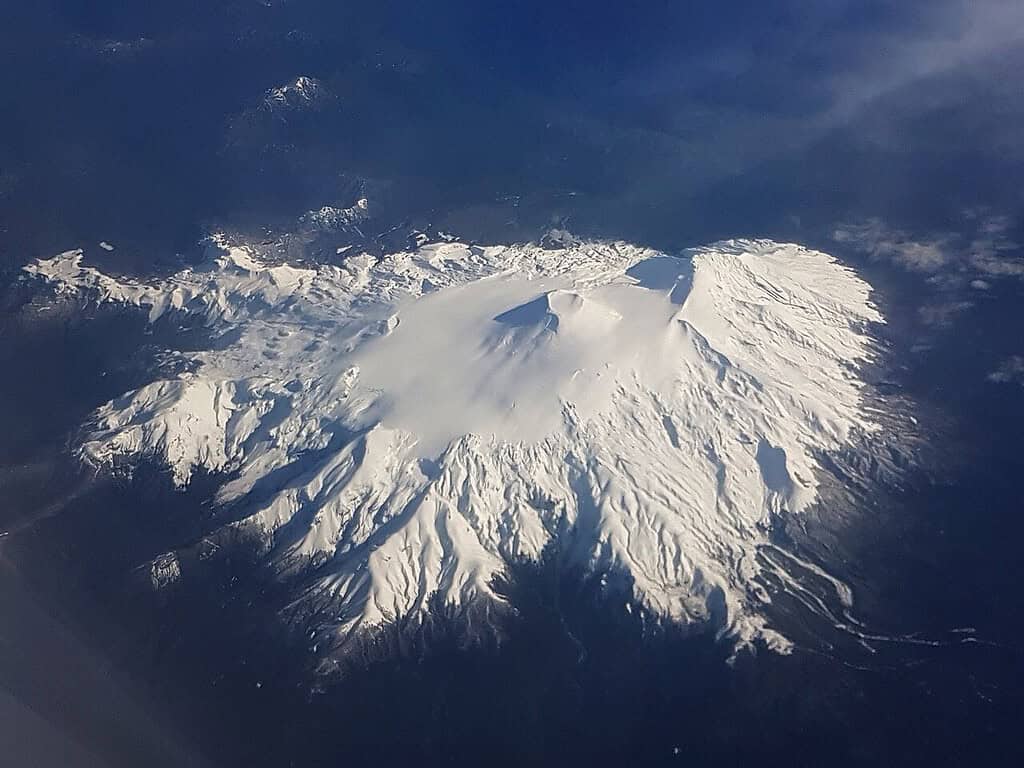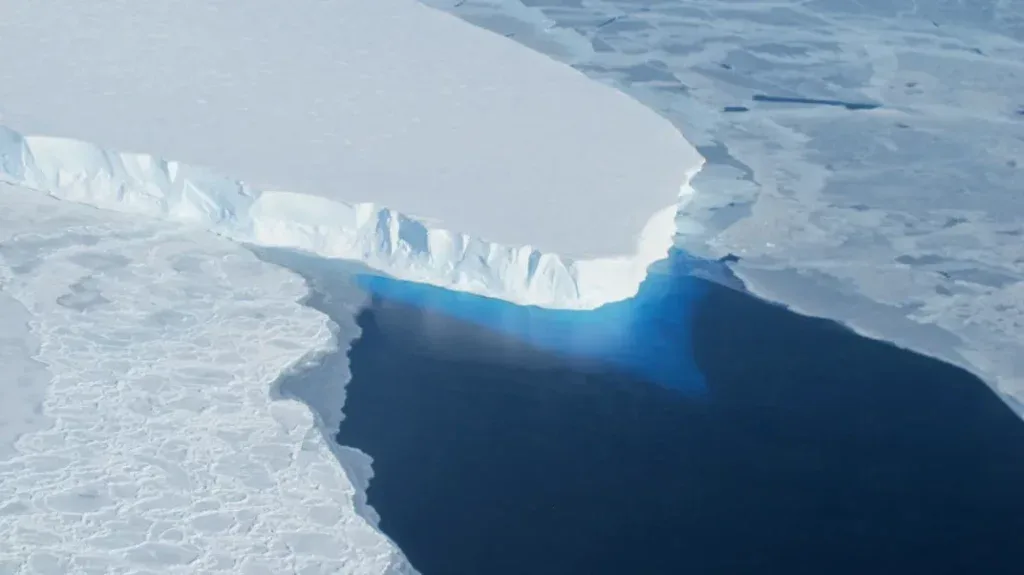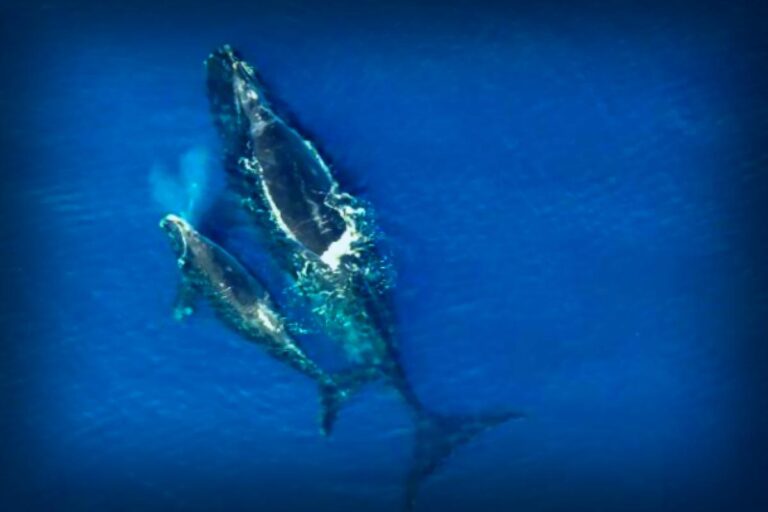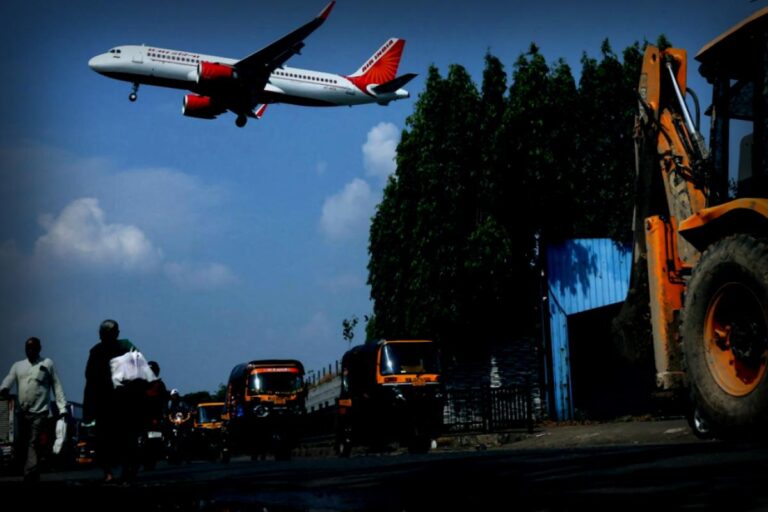Once upon a time, heavy glaciers blanketed southern Chile, squeezing down on the earth and preventing volcanoes from erupting. These icy giants acted like lids, keeping magma stored beneath the surface. But that ice has slowly melted away over the years.
Recent research indicates we might be witnessing a return of this old geological pattern—melting ice sparking volcanic eruptions—on a global scale.
“When glaciers shrink due to climate change, eruptions become more frequent and intense because they remove the weight that holds magma down,” remarked Pablo Moreno Yaeger, a geoscientist leading the study from the University of Wisconsin-Madison.
This groundbreaking research was shared at the Goldschmidt geochemistry conference in Prague last week, painting a concerning picture of a future where melting ice could reignite volcanic activity.
Ice and Magma’s Unlikely Relationship
Scientists have known glaciers place tremendous weight on the Earth’s crust. When they melt, this pressure is relieved, allowing magma to rise and gas to escape, which may lead to eruptions.
“It’s like opening a bottle of soda or champagne. Release the pressure and out come the bubbles,” shared volcanologist Brad Singer, the study’s co-author during an interview with Inside Climate News.
This explosive reaction has already been seen in Iceland. Following the retreat of the last Ice Age about 10,000 years ago, volcanic activity in Iceland surged significantly, with eruptions occurring up to 50 times more often than prior to glacier melting.
Curious about the effects in other regions, the researchers turned their attention to Chile.
The team employed radioactive argon dating and microscopic analysis of crystals to examine six volcanoes in the Andes mountains. These volcanoes were once concealed beneath the massive Patagonian Ice Sheet, which existed during the last glacial maximum between 26,000 and 18,000 years ago.
The findings showed that these glaciers essentially plugged magma reservoirs during the icy epoch. As the climate warmed and glaciers retreated, volcanic activity re-emerged with vigor.
One standout, the Mocho-Choshuenco volcano, erupted after being pressured by glacier weight for centuries.
Researchers are now concerned that we might be in the early stages of a similar geological cycle that could intensify in the future.
Volcanic Threats Found Beneath Antarctica and Other Regions
The crux of the study is a striking statistic: there are 245 volcanoes located within three miles of melting glacial ice. Many of these are in areas already seeing accelerated melting, such as Antarctica, North America, Russia, and New Zealand.
Alarmingly, West Antarctica houses over 100 active volcanoes lying beneath layers of ice. This area’s Thwaites Glacier, often referred to as the “Doomsday Glacier,” is shrinking alarming speed.
Increased eruptions beneath Antarctica could set off a detrimental feedback cycle. Eruptions generate heat, melting the ice faster, which could cause even more eruptions—a relentless cycle.
“This forms a troubling feedback loop where melting glaciers set off eruptions, and those eruptions further propel warming and melting developments,” Moreno Yaeger explained.
Explosive eruptions significantly influence the global atmosphere. Sulfate aerosols released during major eruptions can push sunlight away, cooling planet temperatures but increasing the risk of long-term warming due to accumulated greenhouse gases post-eruption.
“Multiple eruptions can contribute to long-term global warming through greenhouse gas build-up,” added Moreno Yaeger, specifically citing volcanic CO2 and methane emissions during eruptions as exacerbating climate change.
A Looming Emergency for Ice-Covered Regions
The theory that volcanoes react to melting ice isn’t groundbreaking—scientists have explored this idea since the 1970s. However, the new study presents solid evidence underscoring the connection between glacial melting and historical eruptions.
This research ties in nicely with past findings. A study in Global and Planetary Change noted glaciers near volcanoes tend to melt 46% quicker than those farther away from them. Rising heat underground may be weakening these glaciers from below.
The latest study opens the door for more scientific scrutiny of areas like North America’s Cascades, Kamchatka in Russia, and volcanoes in New Zealand—places where substantial glaciers still exist above subterranean magma flows.
While the study does not foresee specific eruptions, it emphasizes an expanding risk profile that connects multiple continents, putting ecosystems, human lives, and climate as a whole at potential risk.
Short-term, melting glaciers pose threats such as rising sea levels and dwindling water supplies. But there’s also a pressing warning about a potentially catastrophic unveiling of volcanic activity spurred by this melting ice.
This article was originally featured on ZME Science. Want daily updates on science matters? Sign up for our newsletter and stay informed on the latest findings.





















